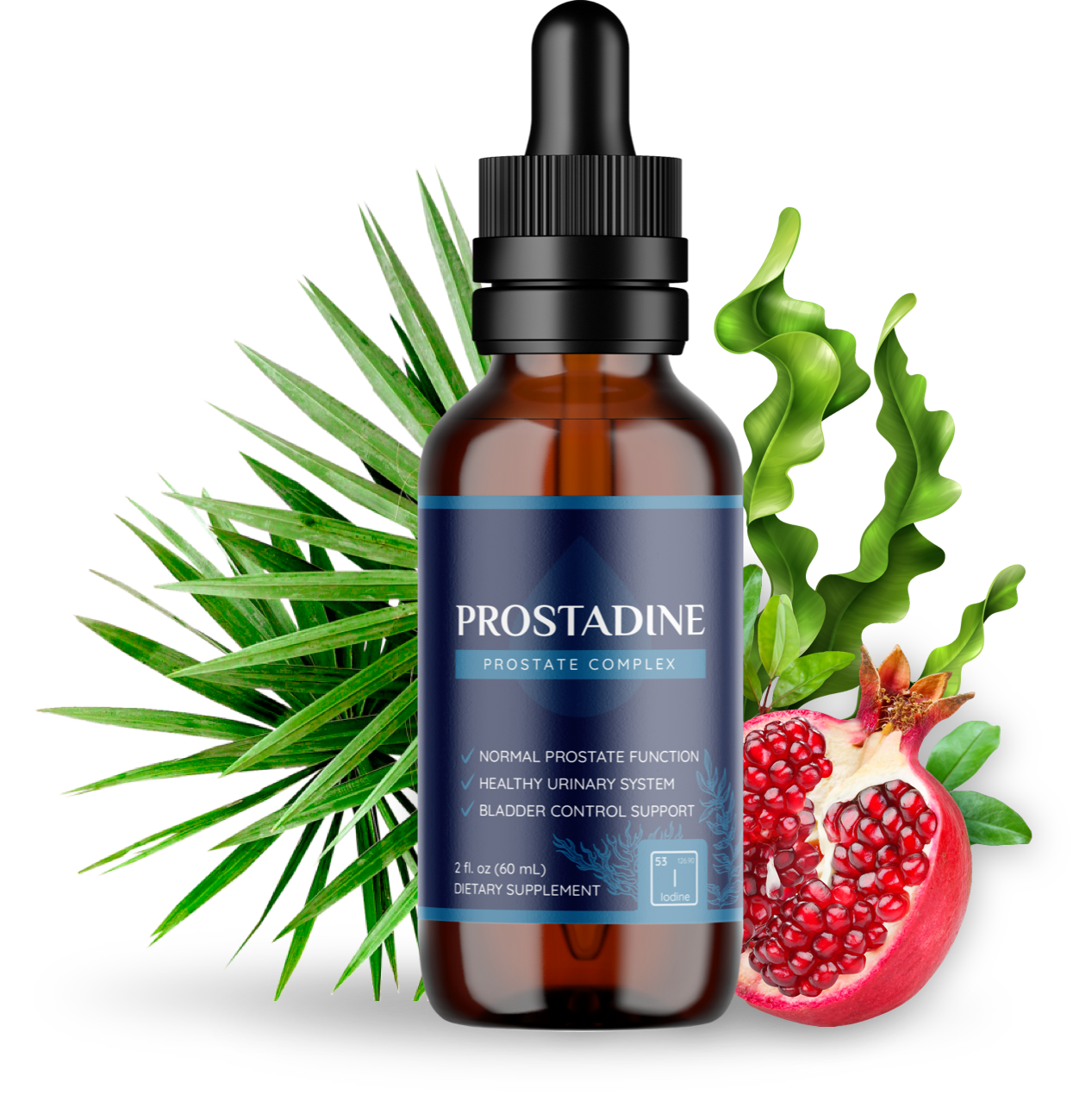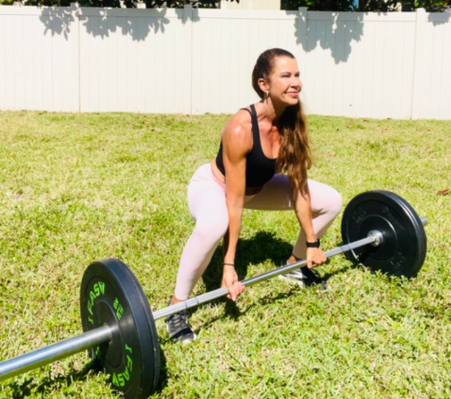If you’ve been waking up feeling stiff and achy, it’s time to start stretching.
As I’ve navigated through menopause, in addition to hot flashes, mood swings, and other not-so-fun symptoms, I began to notice changes in my body’s physical appearance.
I’ve always worked out several times a week, but once I hit menopause, my muscles weren’t as firm, my midsection was expanding, and my clothes weren’t fitting well anymore. Even upping my usual weekly regimen of cardio, yoga, Pilates, and a day or two of strength training squeezed in—the same routine that helped me get back in shape after two pregnancies—gave me zero results.
And it wasn’t just me—many of my friends and numerous posts on social posts on menopause support groups I’m in echoed similar experiences and frustrations.
As it turns out, when estrogen levels plummet in menopause, our go-to workouts might not cut it anymore.
The good news: There are ways to gain muscle and change your body composition in menopause—as long as you’re willing to do some heavy lifting.
Read on to find out more about strength training during menopause.
Why it’s harder to build muscle in menopause
In menopause (defined as going one year without a menstrual period), declining hormones, especially estrogen, are associated with changes in body composition. This includes a decrease in muscle mass and strength, and an increase in fat mass, according to a small 2023 study in BMC Women’s Health that examined the effects of strength training during menopause and perimenopause.
While none of us in menopause will be surprised to hear that, the question is: Why is this happening? As it turns out, estrogen (or lack of) has profound direct effects on muscles, says Patrick Diel, PhD, a professor at the German Sport University Cologne Institute of Cardiology and Sports Medicine and co-author of the BMC Women’s Health study.
“We know skeletal muscle has estrogen receptors,” Dr. Diel says. “Estrogen has anabolic [muscle-building] activity like testosterone, although not as strong as that of testosterone, and activates satellite cells.”
Satellite cells are muscle stem cells essential to muscle growth, repair, and regeneration, according to the National Institutes of Health.
Estrogen is key in satellite cells’ ability to maintain and renew muscle, per a 2019 study in Cell Reports. Take away estrogen, and satellite cells lessen in number and efficiency, leading to a deterioration in muscle mass, strength, and regeneration for those in menopause.
How menopause affects your metabolism
In addition to its role in repairing and building muscle, estrogen also is essential to metabolism, and a key factor in regulating weight, energy expenditure, and body fat distribution, according to a notable 2012 review in Molecular Endocrinology.
“The function of estrogen is not only to regulate fertility, but to regulate metabolism. That’s one of the main things the estrogen hormone does,” Dr. Diel says. Without estrogen, metabolism slows, making it harder for our bodies to burn calories, fat, and glucose.
Fortunately, losing estrogen in menopause doesn’t mean you’re doomed to riding an exercise hamster wheel where you go round and round but get nowhere. Strength training has been shown to improve satellite cell renewal in older adults, per a 2023 review in Cell Journal. What’s more, a notable 2012 study in Current Sports Medicine Reports found that when inactive adults completed 10 weeks of strength training, they gained muscle, lost fat, and increased their resting metabolic rate up to 7 percent.
However, due to the loss of estrogen (and testosterone, which also drops during menopause) people going through menopause need to train differently, putting the focus on strength training at higher intensity to see results, says Michele Cuffe, CPT, a certified personal trainer and certified wellness coach in Tampa, Florida.
“Our hormones are depleted and we need to work harder to get them to work,” Cuffe says. “Heavier strength training is what’s going to shape our bodies, raise hormones naturally, and build muscle and bone,” which is also important as we age.
“You can build muscle naturally with heavy weight training at any age, even in your 60s, 70s, and beyond. Strength training is the rock we want to build our house on for health and longevity.” —Michele Cuffe, CPT
Strength training during menopause: What your routine should look like
It all made sense why my preferred method of low-intensity strength training with maybe a day or two of heavier (but brief) lifting sessions per week was no longer garnering the results I got 10 or 20 years ago—I needed to pump up my strength training (pun intended).
Strength training during menopause should be done at a high enough intensity so you’re creating micro-tears in the muscle that your body will need to call on estrogen and testosterone to repair, according to Cuffe. “If you’re lifting weight at a repetition range of 15 to 20, that’s not heavy enough. You want to get to a weight where after six or so reps, you start fatiguing,” she says.
Dr Diel agrees: “Training needs to be harder and more frequent” to see results, he says.
If you’re in menopause, you should aim to strength train each muscle group at least three times a week, lifting a weight that’s about 60 to 70 percent of your one-rep max (the most weight you can lift for a single repetition of an exercise), Dr. Diel advises. However, that’s a goal, not a starting point—especially if you’re new to strength training.
“If you’re starting, you want a slow, gradual build. A sweet spot for a beginner might be a weight where you can do 10 reps to fatigue, meaning it’s hard to do 11 reps. Once you’re comfortable with that, you can move to heavier weight,” Cuffe says.
Eventually, you want to get to the point where you’re lifting weight heavy enough you can only knock out about six to 10 reps of three to four sets of each exercise, Cuffe says. She likes to break her strength training routine down to two upper-body and two lower-body days per week, aiming for a total of eight exercises in each session. And you don’t have to go hardcore every time you work out—it’s okay to throw in days where you lift lighter weights, aka “deloading.”
When strength training during menopause, Cuffe favors compound exercises—such as squats or rows—that work several muscle groups at a time while also engaging the core. Though using free weights like barbells or dumbbells helps improve functional movement, it’s perfectly fine to use machines if you’re in the gym—especially if you’re a beginner or have any injuries.
If you’re starting out, both Diel and Cuffe recommend getting a personal trainer to show you the ropes, help you build proper technique, and avoid injuries. Here are a few more tips to make the most of your workout:
- Lift and lower weights in a slow and controlled manner. Ever see someone “speed lifting” at the gym? Yeah, you don’t want to do that.
- Practice mind-to-muscle connection. When you’re doing an exercise, be present and think about the muscles you’re working, trying to mentally connect with them.
- Don’t forget cardio. Try working in some jumping jacks, running in place, or other short bursts of cardio between strength training sets. Diel also recommends getting about an hour of low-intensity cardio, like walking, twice a week.
Finally, it’s never too late to start strength training or amp things up if you’ve been at it for a while. I’ve already started concentrating on boosting my strength training routine and am looking forward to seeing where my body can go.
“You can build muscle naturally with heavy weight training at any age, even in your 60s, 70s, and beyond,” Cuffe says. “Strength training is the rock we want to build our house on for health and longevity.”
In addition to pumping up strength training, Diel says it’s important to make sure you’re getting adequate protein to maintain and build muscle. As we age, our bodies don’t use protein as effectively as when we were younger, according to a study in the Journal of the American College of Nutrition. Diel recommends people in menopause get 1.3 to 1.4 grams of protein per kilogram of body weight daily.
A muscle-building workout for strength training during menopause
You should do this workout with weights that feel heavy enough that the last one or two reps of each set are difficult. If you get tired, it’s fine to move to a lighter weight or drop the weights completely to finish your reps or sets. Make sure to do all exercises slowly and with control. (Check out this menopause workout plan for a more comprehensive exercise routine.)
1. Sumo deadlift
- Place weight plates on your barbell and position it on the floor in front of you.
- Step up to the barbell with your shins almost against it, feet wider than shoulder-width apart, knees bent, and toes slightly angled out. Keep your back straight, chest up, and shoulders back and down.
- Grip the bar with both hands about shoulder-width apart, arms extended. (Cuffe demonstrates a mixed grip above, but you can use an overhand grip—both palms facing the ground—if that’s more comfortable.)
- Squeeze your glutes, legs, and core, then drive your feet into the ground.
- Straighten your legs and slowly pull the bar up, keeping your arms extended.
- Finish the move standing as tall as possible.
- Slowly lower the barbell back down to starting position.
- Perform 4 sets of 10 reps.
Muscles worked: glutes, quads, inner thighs, and hamstrings
If you don’t have access to a barbell, you can do this exercise holding a kettlebell as well. Grip the handle of the bell firmly. When you bend your knees and hinge forward at your hips, tap the bottom of the kettlebell to the ground.
2. Barbell back squat
- Place weight plates on your barbell and place it on your upper traps (just below, but not on, your neck).
- Place your feet just outside your hips with your toes slightly pointing out.
- Keeping your head up and core braced, slowly bend your knees as you push your hips back to lower toward the floor to squat down like you were sitting in a chair.
- Lower down as far as comfortable, or until your thighs are parallel with the floor.
- Press through your heels to return to standing.
- Perform 4 sets of 10 reps.
Muscles worked: glutes, quads, hamstrings, core, and lower back
If you don’t have access to a barbell, you can do a squat holding a dumbbell in each hand at your sides.
3. Bent-over barbell row
- Place weight plates on your barbell.
- Stand just behind the barbell with your legs hip-width apart and grab the bar with an overhand grip (palms facing down). Your hands should be shoulder-width apart and your torso should be bent at a 40- to 60-degree angle.
- Press your feet down into the ground and pull the barbell toward your upper waist. Squeeze your core and keep your back flat the whole time.
- Extend your arms to lower the bar to around ankle height to finish the rep.
- Perform 4 sets of 6 to 10 reps.
Muscles worked: latissimus dorsi, middle and lower trapezius, rhomboids, and posterior deltoids
If you don’t have access to a barbell, you can use dumbbells. Hold a dumbbell in each hand and row them up toward your ribcage, bending your elbows as you do so that they move behind your torso.
4. Overhead shoulder press
- Stand with your feet hip-width apart holding a dumbbell in each hand (palms facing in), arms down by your sides.
- Lift the weights to your shoulders with your elbows bent at 90 degrees.
- Brace your core and engage your lower body for stability. Exhale as you press both dumbbells directly over head, rotating your palms slightly inward as you lift to reduce the strain on your shoulders.
- Keep pressing until your arms are straight.
- Inhale as you return the dumbbells to start position.
- Perform 4 sets of 10 reps.
Muscles worked: pectorals, deltoids, triceps, and upper back
5. Biceps curl
- Stand with your feet hip-width apart holding a barbell with an underhand grip (palms facing up). Your arms should be fully extended down, elbows tucked into your sides.
- Squeeze your core and glutes, then bend your elbows to bring barbell up to your shoulders, keeping your elbows tucked, in a smooth motion, while keeping the rest of your body still.
- Slowly lower the barbell down to starting position, keeping control as you bring your arms back down to your sides.
- Perform 4 sets of 10 reps.
Muscle worked: biceps
If you don’t have access to a barbell, hold a dumbbell in each hand and curl the weights up to your shoulders.
Recommended Story For You :

The alpine secret for healthy weight loss

The Most Potent Fast-Acting Formula For Incinerating Stubborn Fat

Real Cortexi Users Real Life‑Changing Results

This Cold Drink Might Trigger Your Prostate

Red Boost is a powerful new formula for boosting male sexual health.

Everything you eat or drink eventually reaches your liver for processing.

Brand New Probiotics Specially Designed For The Health Of Your Teeth And Gums

Empowering You to Take Control of Your Blood Sugar Health!

Scientists Finally Discover the Root Cause of Belly Fat and Unexplained Weight Gain




